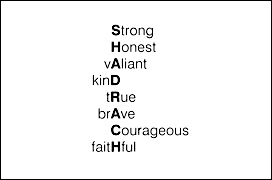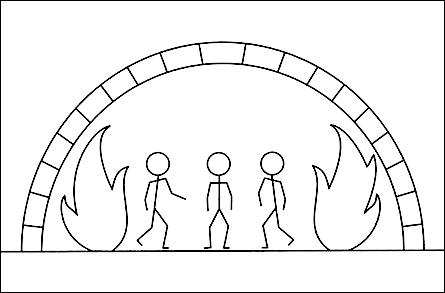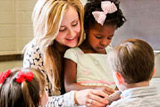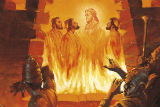Our Creator would never have made such lovely days, and have given us the deep hearts to enjoy them, above and beyond all thought, unless we were meant to be immortal.
NATHANIEL HAWTHORNE, "The Old Manse," Mosses from an Old Manse
Read more at http://www.notable-quotes.com/h/hawthorne_nathaniel_ii.html#hpOTDMPoDlPQ8ZUp.99












